On this episode of the Holistic Health Bites podcast, we are talking about the Glucose-Ketone Index or the GKI. Listen to the whole episode to hear how you can win a Keto-Mojo meter bundle!
Buy your own Keto-Mojo device and save $20 from the GK+ Glucose and Ketone Meter Kit: including 70 glucose and 70 ketone strips.
Enter to win a free Keto-Mojo meter bundle!
Episode Transcript:
Welcome back to the Holistic Health Bites podcast. Today we are talking about the Glucose-Ketone Index or GKI. This sounds like a complicated term, but really it’s just a simple formula that tracks the ratio of your blood sugar (glucose) to blood ketones. This is an important biomarker of metabolic health that is easily tracked at home.
Adequate levels of glucose in the blood is vital to health. Both too little and too much are problematic for your cells, tissues, proteins, cell signaling, and overall energy production. Too little blood sugar means your cells are lacking fuel to function. Too much blood sugar means your proteins and cell membranes become sticky and don’t work as well. This creates inflammation which further contributes to damage and lower available energy.
Many people take this idea that we need adequate blood sugar to mean that we need to eat carbohydrates to keep our blood sugar levels up…but that isn’t actually true. The body has the capacity to produce glucose from non-carbohydrate sources, namely fat, protein, lactate, and other sugars (like fructose). This means there are no essential carbohydrates. In health, essential means we must consume it because we need it, but can’t make it. Thanks to the process of gluconeogenesis, or creation of new glucose, we don’t have to consume ANY glucose.
It is true that all of our cells can run on glucose and some need more than others. It is also true, that we can generate energy from non-glucose substrates such as fatty acids and ketones.
Fatty acids are derived from our diet and our bodies can make them. What drives this is both hormones and the body’s energy needs. When we consume foods, our bodies respond with various hormones and enzymes. One of the major hormones released is insulin. Insulin is a growth and storage hormone. We’ve talked about it in many other episodes on this show.
Insulin is a hormone of the FED state. Meaning, it is at its highest when we are eating and following food consumption. It is at it’s lowest when we are fasted. Insulin plays many roles in the body. One of its most famous roles is to open the door into certain types of cells, allowing glucose in. This lowers the blood sugar, because the glucose is inside the cell (not the blood). Insulin doesn’t just open the door though..it also tells the cell what to do with that energy - convert it to something to be stored for later use.
Most of the cells in the body can readily take up glucose without insulin when energy is needed. Insulin is there because there is excess fuel that isn’t needed right now. This tells the cells to convert the incoming energy to glycogen (long chains of glucose) or fat. We can only store so much glycogen, so most gets converted to fat.
So, insulin is telling the cells that we have ample fuel available, so we don’t need to be breaking down stored fuels. It does this by blocking the enzyme necessary to release fat from storage, hormone sensitive lipase. It makes sense right, we don’t want to be filling our stores while also emptying them. This means, however, that when insulin is high, you cannot burn fat or lose weight. You have to bring down insulin first.
We do that by reducing consumption of the foods that spike insulin the highest, reducing overall intake of foods, and by not eating as often.
The foods that spike blood sugar and insulin the most are refined and simple carbohydrates. All carbs spike glucose more than fats and proteins, but the simple and refined carbs go in quickly. Complex carbohydrates digest slower, but do still cause a moderate to large spike. Remember, there are NO essential carbohydrates…so the biggest impact will be to reduce all carbs.
Eating in excess, even 0 carb eating, will keep insulin levels higher because that is the signal that we are in a time of feasting and storing for times of famine. Insulin rises to pack on the pounds for those times of famine.
And eating often means insulin never has an opportunity to drop to lower levels. Even if you’re eating an adequate amount of food, keeping blood sugar levels in check, eating every couple of hours is preventing you from breaking down stored fuels for energy.
When glucose and insulin levels come down to ideal levels, your body can start using stored fuels and creating alternative fuels to run on. One of the most important fuels here is ketones. Ketones are produced in the liver from body or dietary fat. These ketones are valuable because nearly every cell in the body can run on them (only red blood cells cannot because they don’t have a nucleus, therefore no mitochondria). They’re also water soluble, so they can freely float in the blood without a carrier protein. Fatty acids cannot freely float in the blood because they’re hydrophobic. Think oil and water…they don’t mix well. Ketones are also much smaller, so they can cross the blood-brain-barrier to fuel the brain. In fact, the brain, heart, and muscle tissues seem to prefer to run on ketones. In the presence of both glucose and ketones, the ketones are readily used up first. They take metabolic priority!
Ok, so now you know about glucose and ketones…how do you use this information to improve your metabolism, achieve ideal body weight, and boost your energy naturally? You test!
My favorite way to test this is with an at home glucose-ketone meter, Keto-Mojo. This device is a blood meter that uses a small drop of blood and two test strips, one for glucose and one for ketones.
Ideal numbers are as follows:
In a fasted state, we want glucose to be 70-90mg/dL for most people. There are some clinical applications when we might want different numbers, but this is a good rule of thumb for most people. We want ketones to be at least 0.5mmol/L or higher. Most people really don’t need to worry about ketones getting too high, unless you have type 1 diabetes, are on certain medications, do extended fasting, or have some other metabolic condition that increases ketone production. A value of 0.5mmol/L is considered to be nutritional ketosis.
When to test:
I recommend testing about 1-2 hours after rising in the morning, but before you’ve eaten anything. You can also wait until right before your first meal. Activities, stressors, exercise and other factors can contribute to changes in your readings.
You can also check later in the day, before consuming lunch or dinner to see how quickly you’re getting back into ketosis after specific foods. This should be at least 3 hours after eating.
Getting back to the GKI:
This is a formula that takes into account both glucose and ketone readings to evaluate your metabolic health at the moment. It is calculated taking the glucose reading in mg/dL and dividing by 18, then dividing that number by the ketone reading in mmol/L. If you are measuring your glucose in mmol/L than you can simply divide your glucose value by your ketone value.
What does your GKI level mean?
A GKI of 9 or higher means you are not in ketosis at all. This can be due to high glucose, low or absent ketones, or both.
A GKI or 6-9 means you are in a low level of ketosis which is great for health maintenance and weight loss.
A GKI of 3-6 means you are in a moderate level of ketosis, which is great for reversing type 2 diabetes and insulin resistance, losing weight, and improving overall hormone function.
A GKI of 1-3 is a high level of therapeutic ketosis. This level is usually only necessary for treatment of diseases like epilepsy, cancer, Alzheimer’s disease, Parkinson’s disease, traumatic brain injury, chronic inflammatory diseases, and serious mental health disorders.
A GKI of less than 1 is not generally recommended or possible without medical intervention.
If you’re testing and not getting the numbers you’d like to see…here are a few things you can do:
- Be patient. These changes don’t happen overnight. Stick with it to see changes.
- If your glucose is elevated, look at your current carb intake. Many people, especially those with insulin resistance, type 2 diabetes, obesity, or other metabolic conditions, may need to drop to 20-50g of carbohydrates per day (or less) to see blood sugar levels come down. If your carbs are already reduced, look at your overall intake (quantity and quality). Even things like non-calorie sweeteners can be problematic for some people. If you’re consuming quality foods and an appropriate amount, look at how often you’re eating.
- Try implementing intermittent fasting, eating less often, or changing up the timing of your meals to maximize how long you’ve been fasted when you test.
- Look at other interferences: stress, poor sleep, toxins, medications, supplements, too much or too little exercise, and things you’re doing before you test.
- If your glucose is good, but your ketones are non-existent or lower than you’d like, look at all of those same factors - be patient, look at the foods you’re consuming, look at your eating schedule, look at your overall lifestyle. Most of the time, this simply takes more time than you’ve given it. As your insulin levels come down, your ketones will go up.
If you are exceptionally lean, you may not have enough stored body fat to make a significant amount of ketones. That’s OK. You don’t need to make them for your current health condition. Simply ensure you’re eating adequately to prevent weight loss, and your blood sugars are at healthy levels.
There you have it - the Glucose-Ketone Index. If you found this information as valuable as I have and you want to test for yourself, I have two recommendations. 1. Click the link in the show notes to get your own Keto Mojo device with a $20 savings. 2. Enter to win a Keto-Mojo meter bundle. This offer is only going out to my podcast audience. In this bundle you’ll get the meter and 70 of each strip to test your GKI! Click the enter to win link in the show notes.
Thank you for being a loyal follower of this show.
Buy your own Keto-Mojo device and save $20 from the GK+ Glucose and Ketone Meter Kit: including 70 glucose and 70 ketone strips.
*This is an affiliate link which means you save money and I may make a small commission as a thank you for referring their product. I ONLY recommend products I personally use and love.
Enter to win a free Keto-Mojo meter bundle!


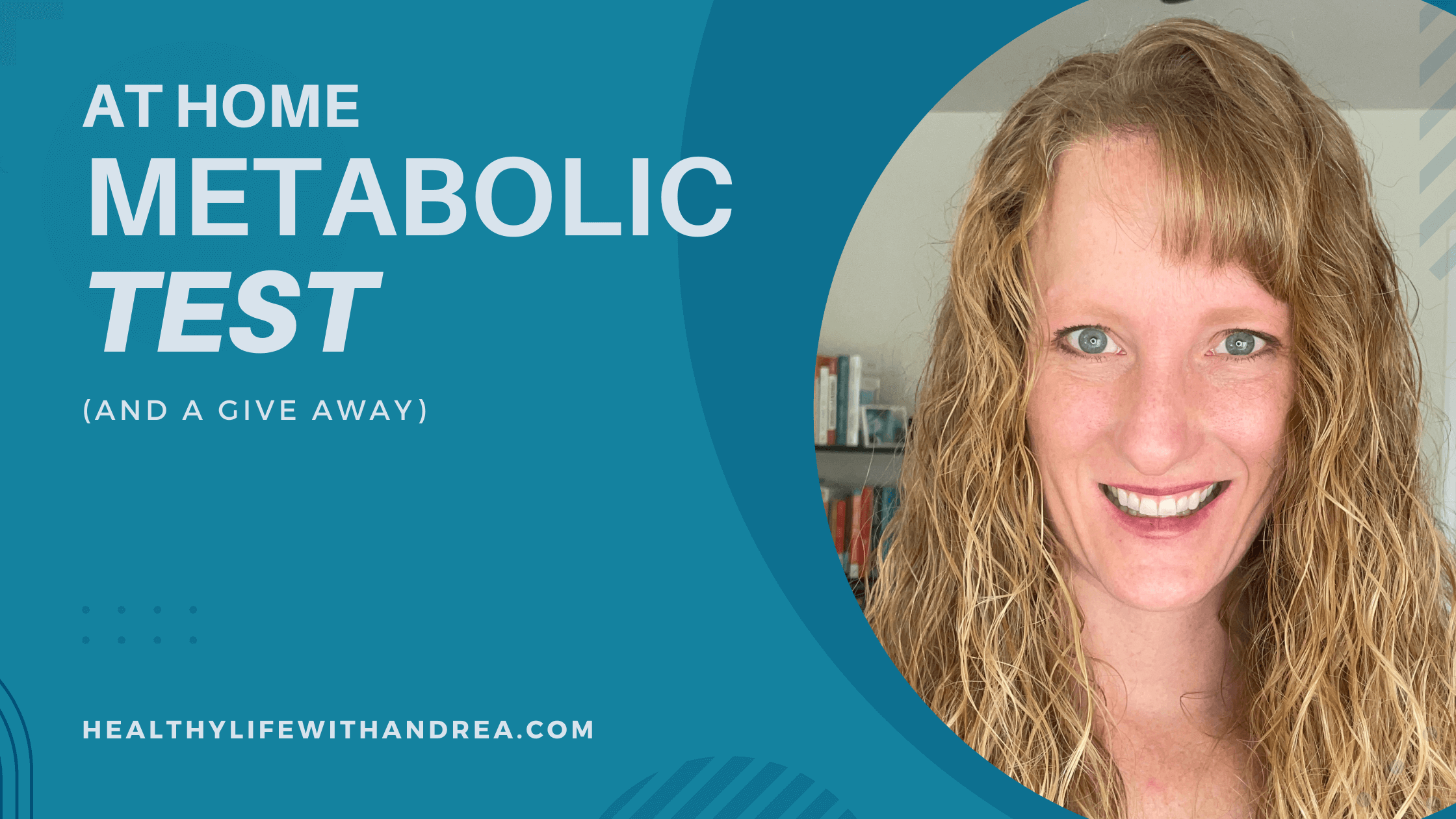

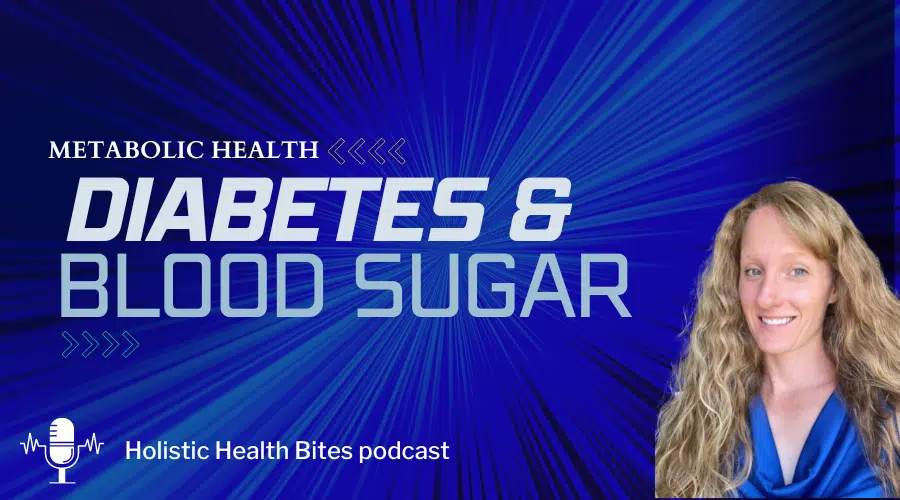
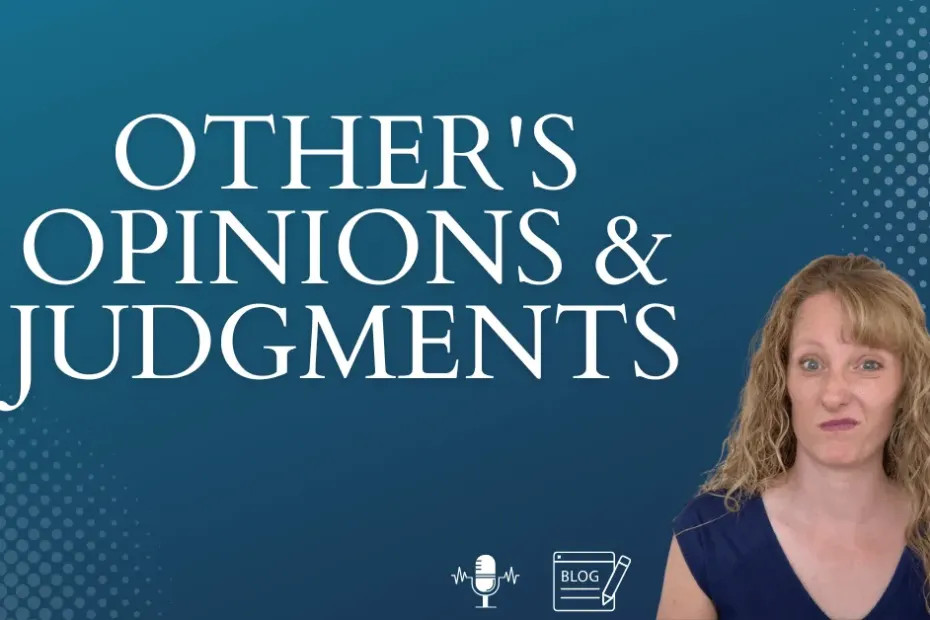

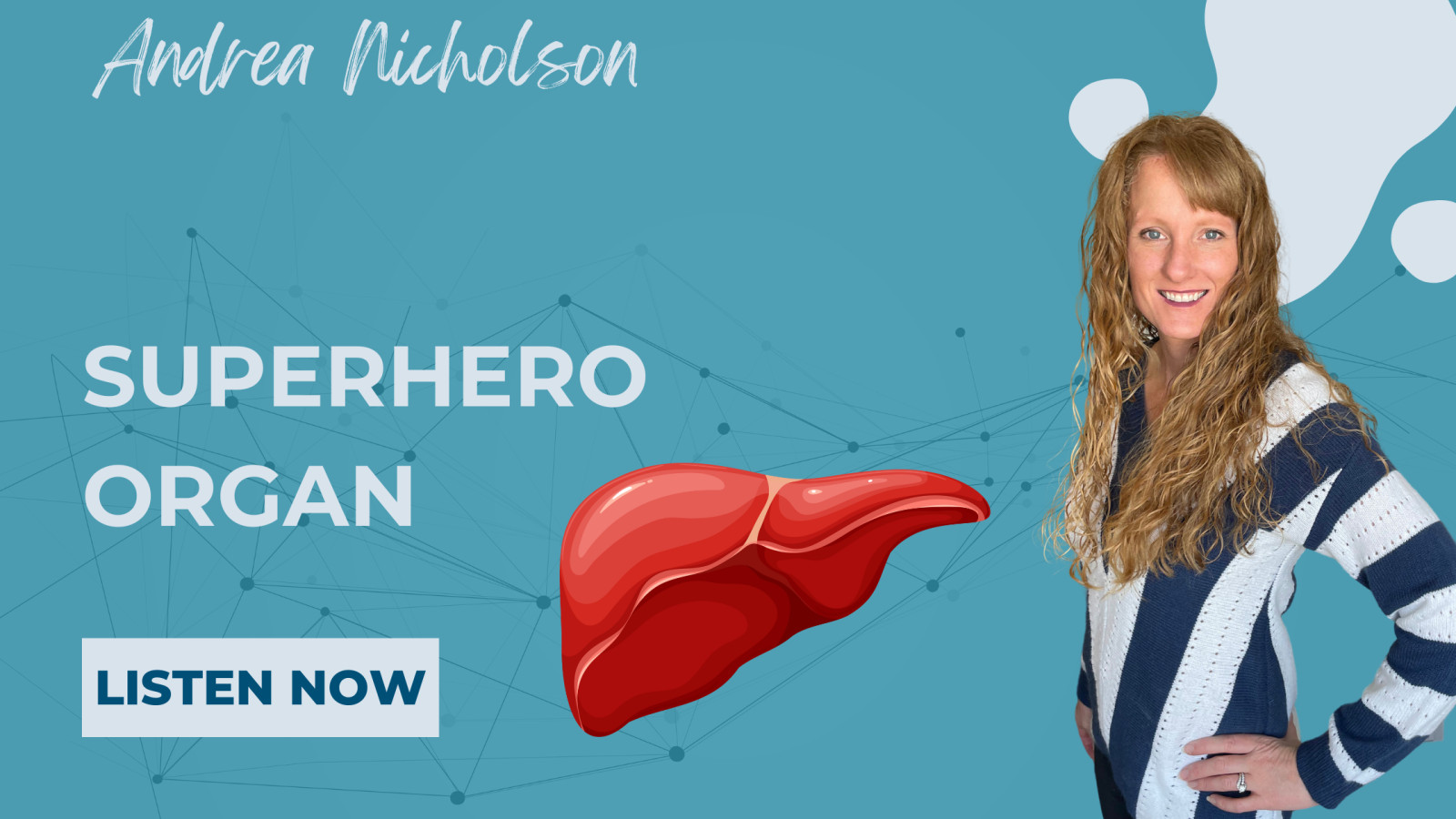

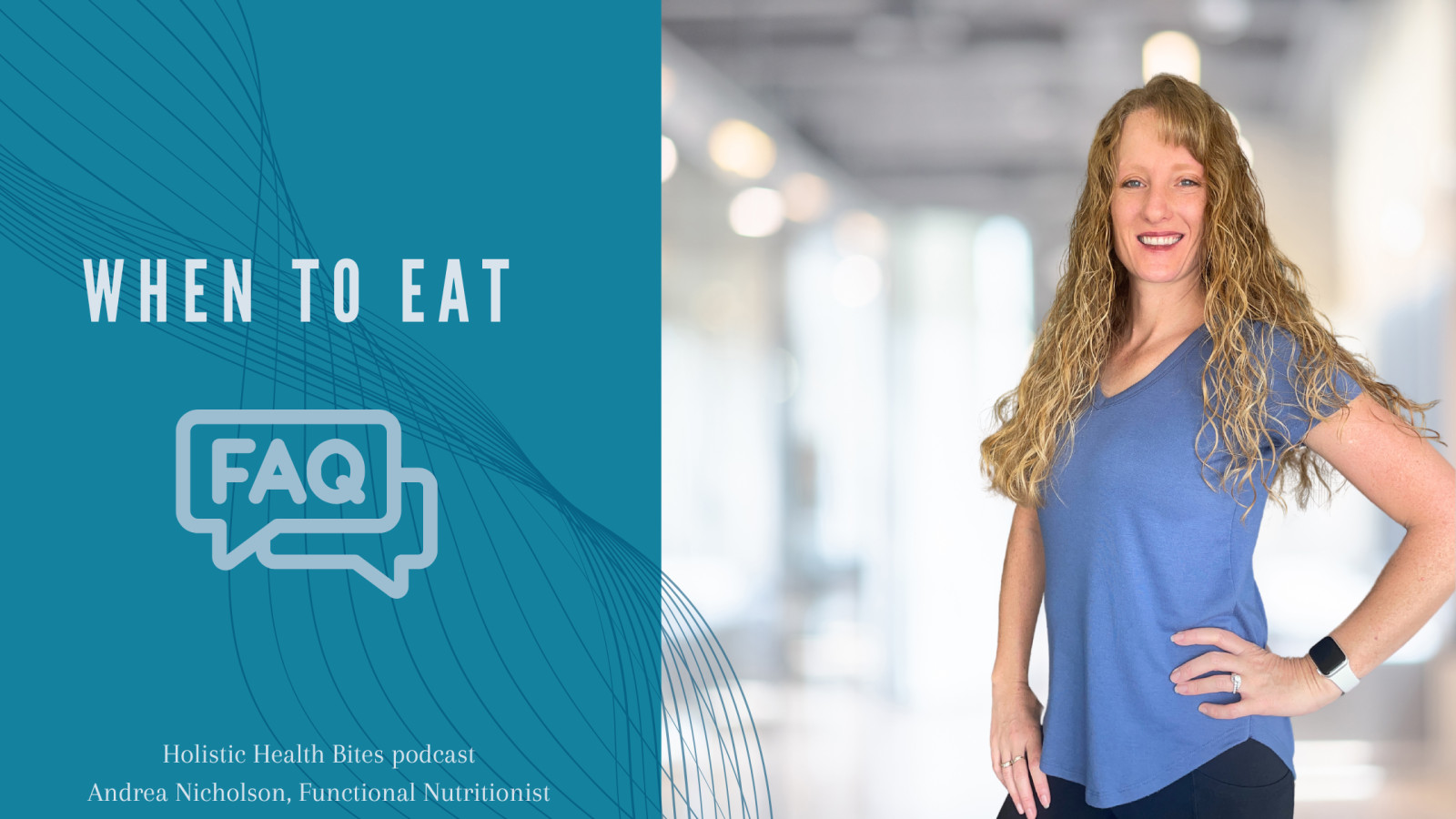

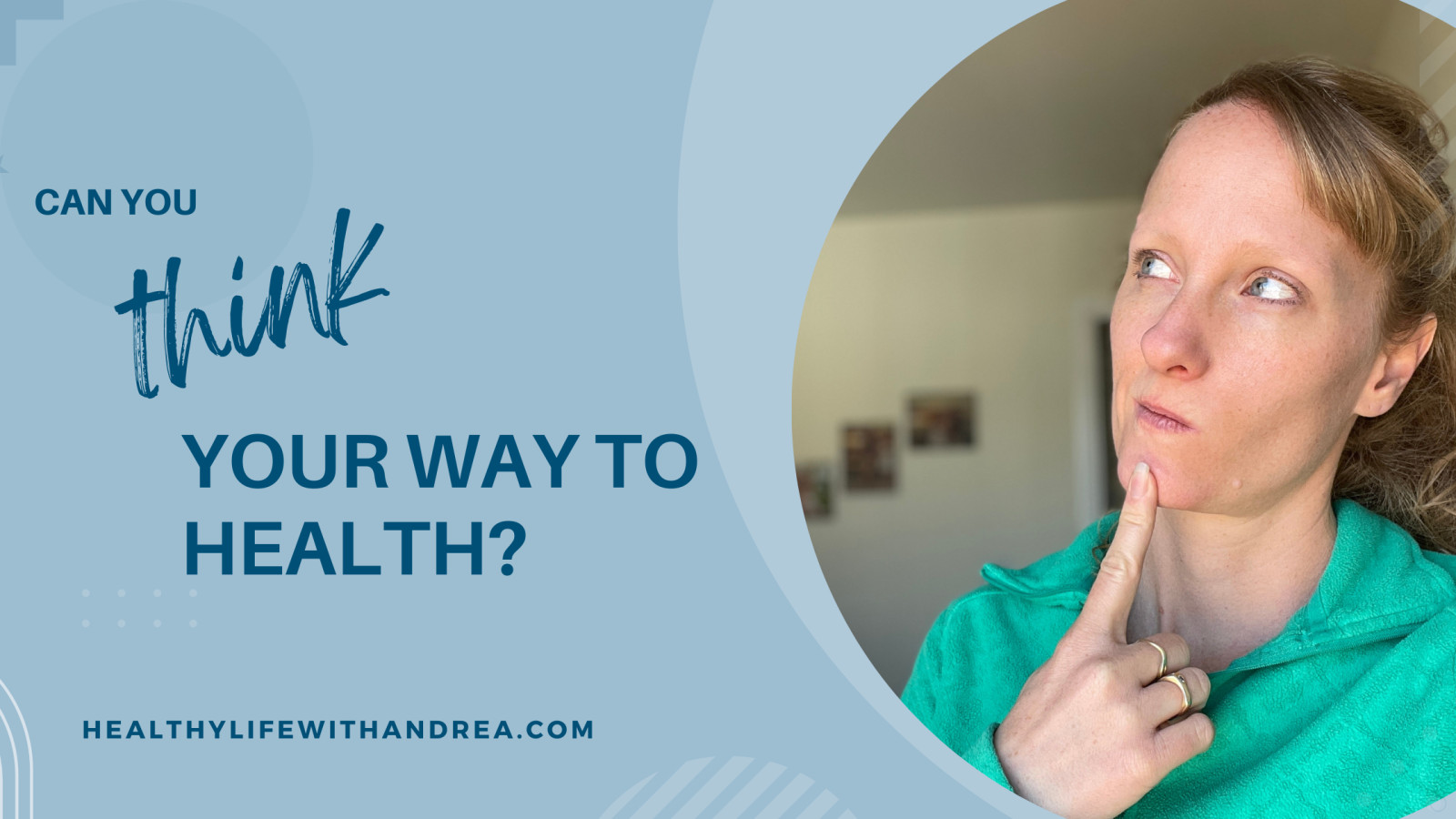
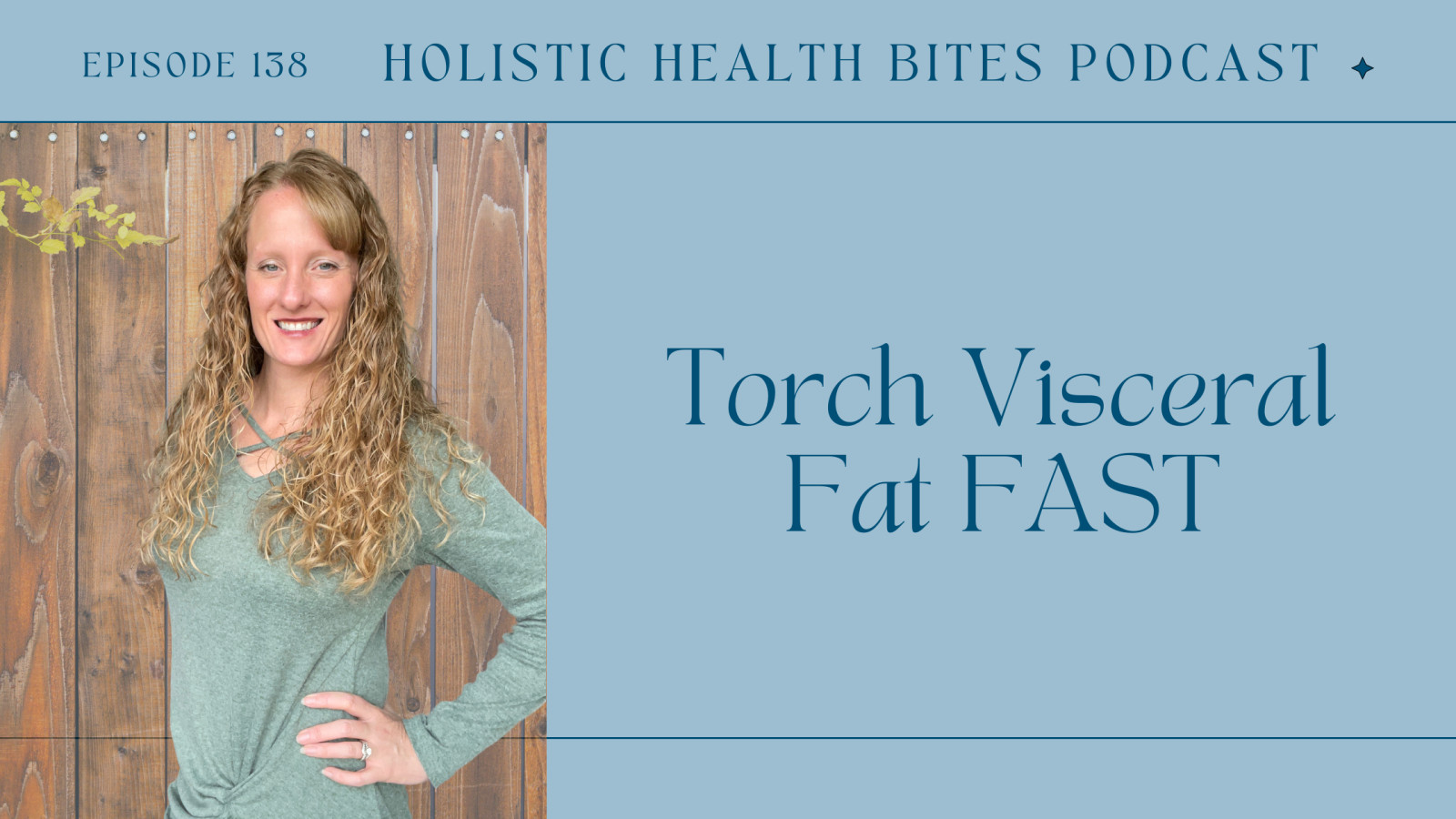
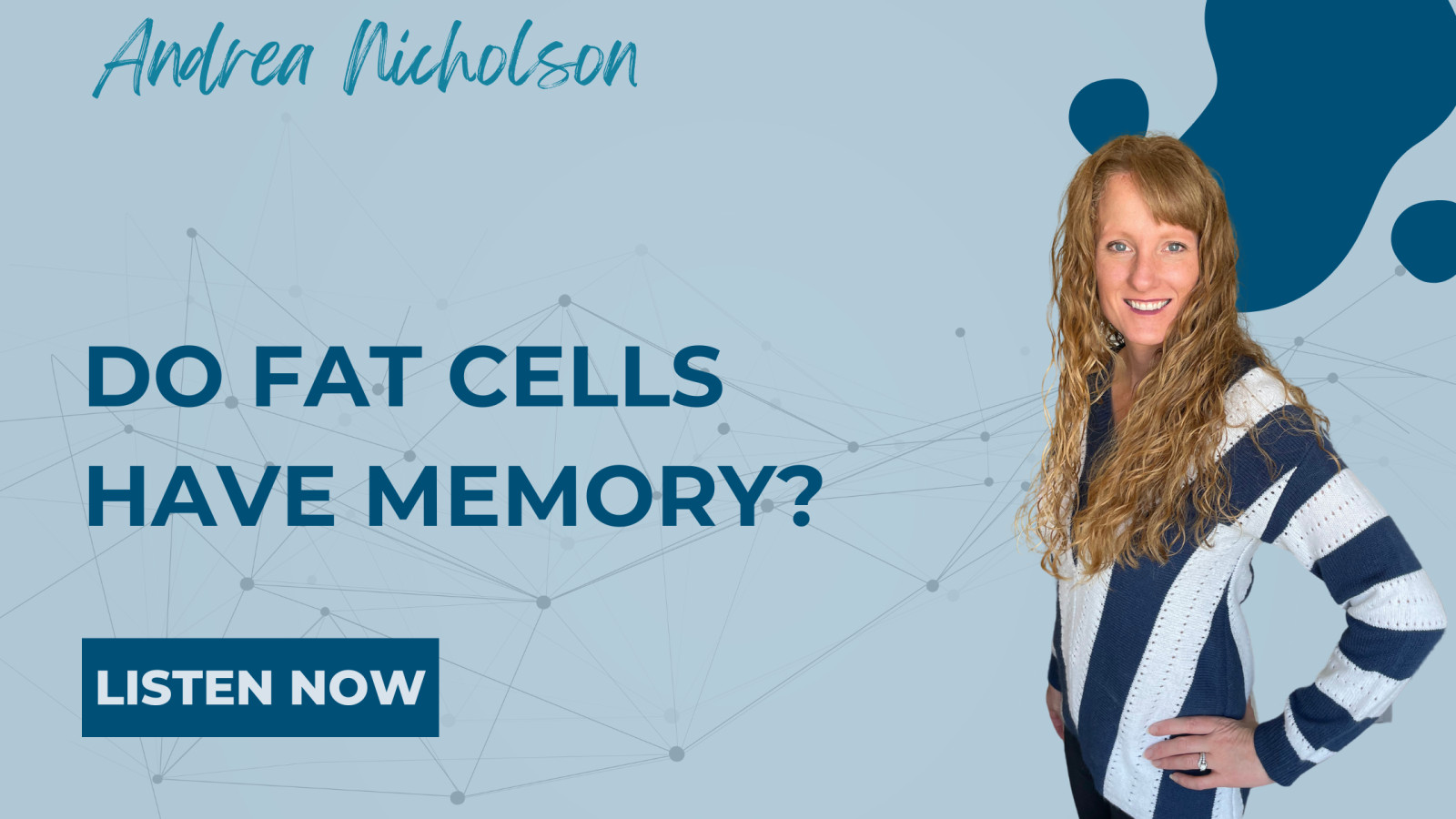

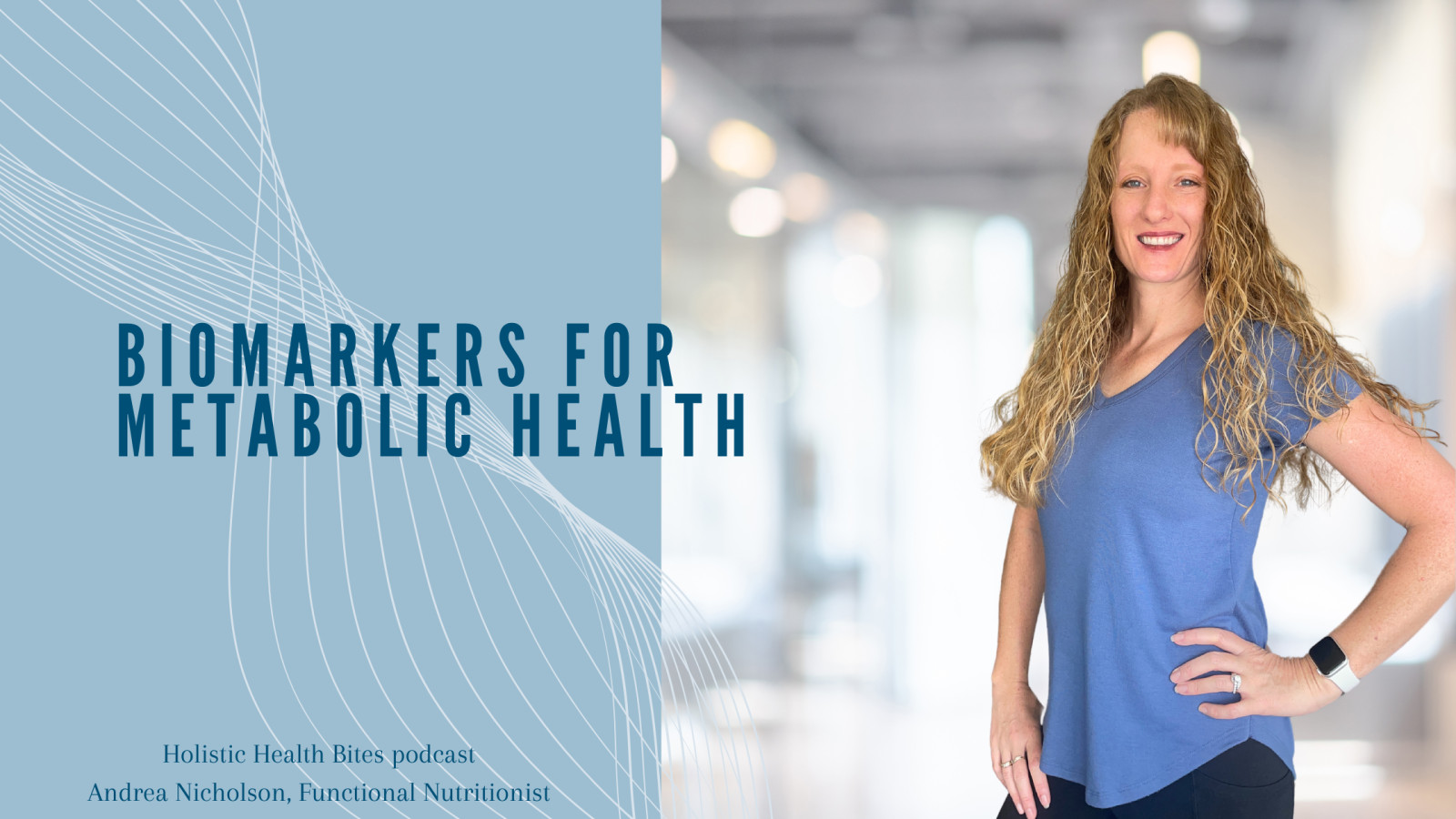






0 Comments